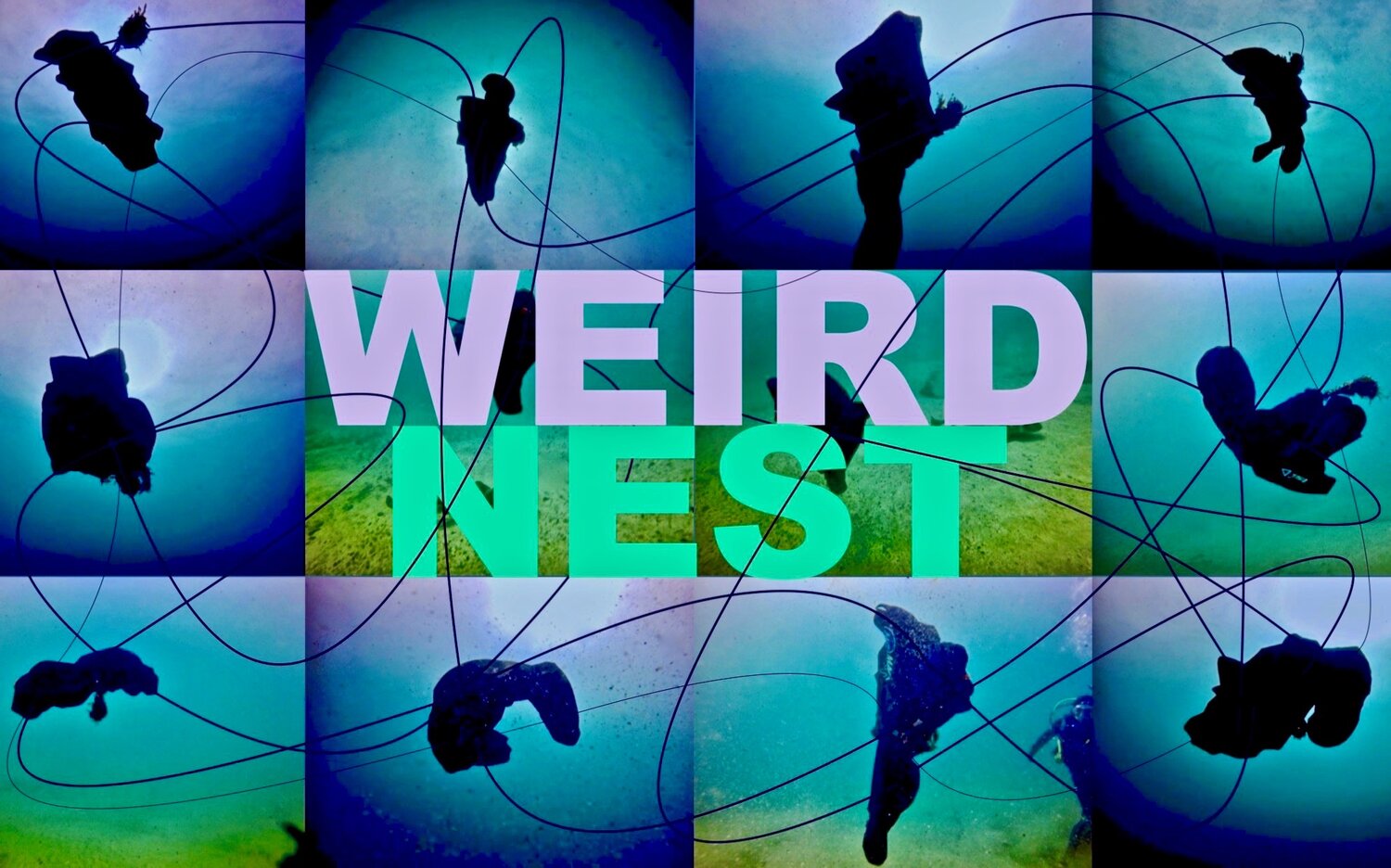Threshold NRC, and a new work with Chris Bennett
A couple of weeks ago, my partner, Dean Walsh, performed his major solo work "ThresholdNRC". It's been about 5 or 6 years since his last major performance piece, and so there was a lot of anticipation. I helped out as production assistant, did a bit of sound design, and generally supported him through the creative development and presentation.
I wondered if Cage and Cunningham had the same sort of relationship as we do... giving insights into one another's ways of working, and supporting one another through periods of creativity.
I learnt a lot from Dean during the creation of ThresholdNRC... being with him every step of the way; the creative, the logistic, the playful, the serious. The level of detail was delicious... the amount of ideas created, and nurtured, or left for another time was astounding. I couldn't keep up with it all (I wanted to score the whole work in a detailed cuesheet; I can't write choreography, but I can definitely describe what happens!), but I know my notations got there in the end.
A few things struck me... the level of research he did for the work and amount of prior knowledge he brought to it made me want to seriously think about my process of preparation for a new work. The constant question "how does this read?", always concerned with aligning purpose to creation and performance. How easily form and technique came to him; they were tools he used to express and therefore looked like expression unto themselves; which came from his fusion of form with intent.
I had been incorporating 'maker' methods into my composition practice with other works recently... the Sydney Art Quartet last year, Proxima with Ben this year, and now, just off the bat of teaching some awesome kids improv with movement and sound, and working with Dean on his major piece, I'm working with cellist Christopher Bennett to create an 8 minute solo work.
At our first development a few weeks ago, we started with a conversation. I wasn't interested in playing with techniques at the very beginning... we'll get to that later (once we've got intent). We spoke about why we are creating a new work (indeed I felt myself taking more of a facilitator and co-composer role, rather than sole composer, on this one already). We were drawn to telling stories of why we practice our art-forms... his cello, mine composition, and how we've come to be here to express.
And we concluded, both he and I, that it was about survival.
The things we do for survival of our body are obvious, very well documented.. and a little OTT sometimes. But the survival of our ego, as it is forming, of our sense of belonging, sense of self... these are more subtle, ephemeral things - and whether we want to give our ego so much attention is another question; a big ego can get in the way of empathy and learning. Nevertheless, our sense of self is necessarily dynamic, it shifts as we age over time, as we learn, as we fail, succeed, watch those around us suffer, or ignore, or triumph. We connected over a need to express and be heard, and acknowledged the part our community, our 'tribe', plays in helping us realise ourselves.
It was a good talk, and I think we're onto some good 'intent', and I was far too excited to keep talking so we did some listening exchange and started on technique.
This morning Chris and I had our second development... things moved rather quickly as we started improvising using various techniques I've picked up from both music and performance art workshops, and we started to get more and more specific with the material. It is refreshing to be able to give Chris "surprises".... he's not done some of the things we're doing together before, and I'm delighted with his responses to my terribly vague exercises. At the moment we're combining movement, spoken text and cello playing in a variety of scored improv precepts. One of the exercises we did today was a 'call and response' improv, using A major and Bb minor freely as tonality, with myself singing + body percussion, moving and speaking, and he using cello, movement and speech.
I like using speech as the impetus for rhythm and pitch because the rhythm isn't metered. Of course one can always impose a metre on sentences.... just start tapping a beat and you'll find yourself subdividing rhythm into triplets and quavers and crotches, dotted quavers etc etc, but if you attempt to truely play the casually articulated rhythms of speech it's actually quite hard!
I'll keep you updated as we progress. I think this work will have its public performance in September later this year, so there's plenty of gestation for it!
